My high-level impression… Suppose that a dystopian science fiction novel published in the 1950s had imagined a city in which fabulously rich people lived in new gleaming towers, getting marijuana delivered to them by runners on electric skateboards. The rich people who work stroll on sidewalks that are half covered in tents in which the “homeless” (but not “tentless”) reside. When they get to work they’re in a bullpen that is packed tighter than a commodities trading pit. If they need to make a phone call while at work they’ll duck into a soundproof transparent pod.
People who read a book like that circa 1950 would have said “This author has a great imagination, but none of this could ever happen. Even in the Great Depression people didn’t simply pitch tents on downtown sidewalks. And an employer wouldn’t have valuable workers distracted by noise and crowding.”
Yet that imagined future has been fully implemented by San Franciscans today! What are people saying as they live and visit this unusual place? Some miscellaneous sentiments gathered from around the Bay Area during a recent trip…
A friend has been complaining about unfairly low tax rates (“you didn’t build that”) since Bill Clinton left office. He and his wife said that they wanted to see a big tax rate increase on “the rich.” This trip was my first opportunity to talk to him since the late 2018 tax law change. Due to the fact that this couple can’t deduct their California state income tax (13.3 percent max rate) or the property tax on their $4 million home from their income for federal tax purposes, he believes that his effective tax rate has actually gone up. This is his dream of higher tax rates fulfilled? Apparently not since he is hopping mad about it!
In response to my saying that I’d finished a book on naval battles of World War II, friends in Berkeley said that they considered the U.S. to be the world’s most evil nation currently, committing acts comparable to what the Germans and Japanese did during the very darkest parts of World War II. What exactly was the U.S. doing? Separating children from one or both parents during the migration/asylum process. What about the fact that their neighbors, in availing themselves of California family law‘s no-fault divorce and winner-take-all custody provisions, regularly separated children from the loser parent? “That’s different. Children don’t need two parents. Trump is separating children from both parents.”
Folks in the suburbs and exurbs complained about the poor condition of the highways, which were indeed rough (therefore noisy) and potholed. “There is no frost here,” a friend in Napa noted. Gasoline in the suburbs was almost exactly 2X the cost that I had paid in Bentonville, Arkansas:
Complaints about Trump were ubiquitous. One knock against the dictator was that he lied (previous American politicians were paragons of truth!) and therefore the U.S. was no longer a role model to nations around the world.
Expressed concern for the environment was high, but nearly every buildable surface in Silicon Valley is covered. See this photo from the XNA-SFO flight just before landing (incidentally, if you want to know how to run an enterprise with H-1B visa holders, the Bentonville to San Francisco flight holds all of the folks that you need to talk to).
Do folks in the Bay Area actually have valuable lessons to teach the rest of the nation (and the world!) on how to live in harmony with Mother Earth? Bentonville certainly seemed like a place where the Earth was still in some sort of recognizable condition, e.g., with a lot of farms growing hay.
Expressed concern for the homeless and/or “vulnerable” is high. And expressed support for increased immigration is high, including low-skill undocumented immigration. Yet one drives by homeless encampments in Berkeley on the way to $20 per-person diner breakfast. One common explanation for this apparent contradiction is that homeless people are mentally ill. But for their mental illness, they would be commuting 4 hours round-trip each day to a job and using the money earned to pay for a modest exurban apartment. Would they then support screening immigrants for mental illness? “Of course not!”
Expressed faith in the virtue of higher minimum wage was universal. It will get people off welfare. Taxpayers won’t be subsidizing evil low-wage employers with Medicaid, welfare, public housing, and other means-tested programs for which low-income folks may qualify. In 2018, the income limit for government-allocated “inclusionary” public housing was $236,800 for a family of four in San Francisco, $165,800 for a single person. Thus, based on a 40-hour week, minimum wage for a childless worker would have to be more than $80/hour before he or she wouldn’t be entitled to welfare subsidies.
[If a higher minimum wage is the silver bullet for cutting welfare expense, why wouldn’t at least one of the 50 states deploy it in a serious way? If the Bay Area minimum wage believers are correct, a state could set minimum wage to $25 or $50 per hour, for example, and enjoy massive savings and robust economic growth. I don’t think that the answer is “It can only work at a national scale because otherwise it is too easy for employers to move to another state” because, due to NAFTA, at the national scale it would be almost as easy for employers to move a factory to Mexico or Canada.]
Enthusiasm for a gynecocracy remains undimmed despite Hillary Clinton’s defeat. From the (Fairmont) hotel gift shop:
Partly due to my passions for art museums and dim sum, I still like San Francisco as a place to visit, though I’m noticing that the entire northeast quadrant is essentially without parks or other greenspace. It is a concrete jungle like Lower Manhattan. A lot of the folks with whom I talked have grown to hate the city and try to minimize their time in San Francisco itself. One 30-year-old work colleague will go so far as to stay in a hotel in Daly City and commute in. No 30-year-old guy in the 1980s would have preferred to be in Daly City!

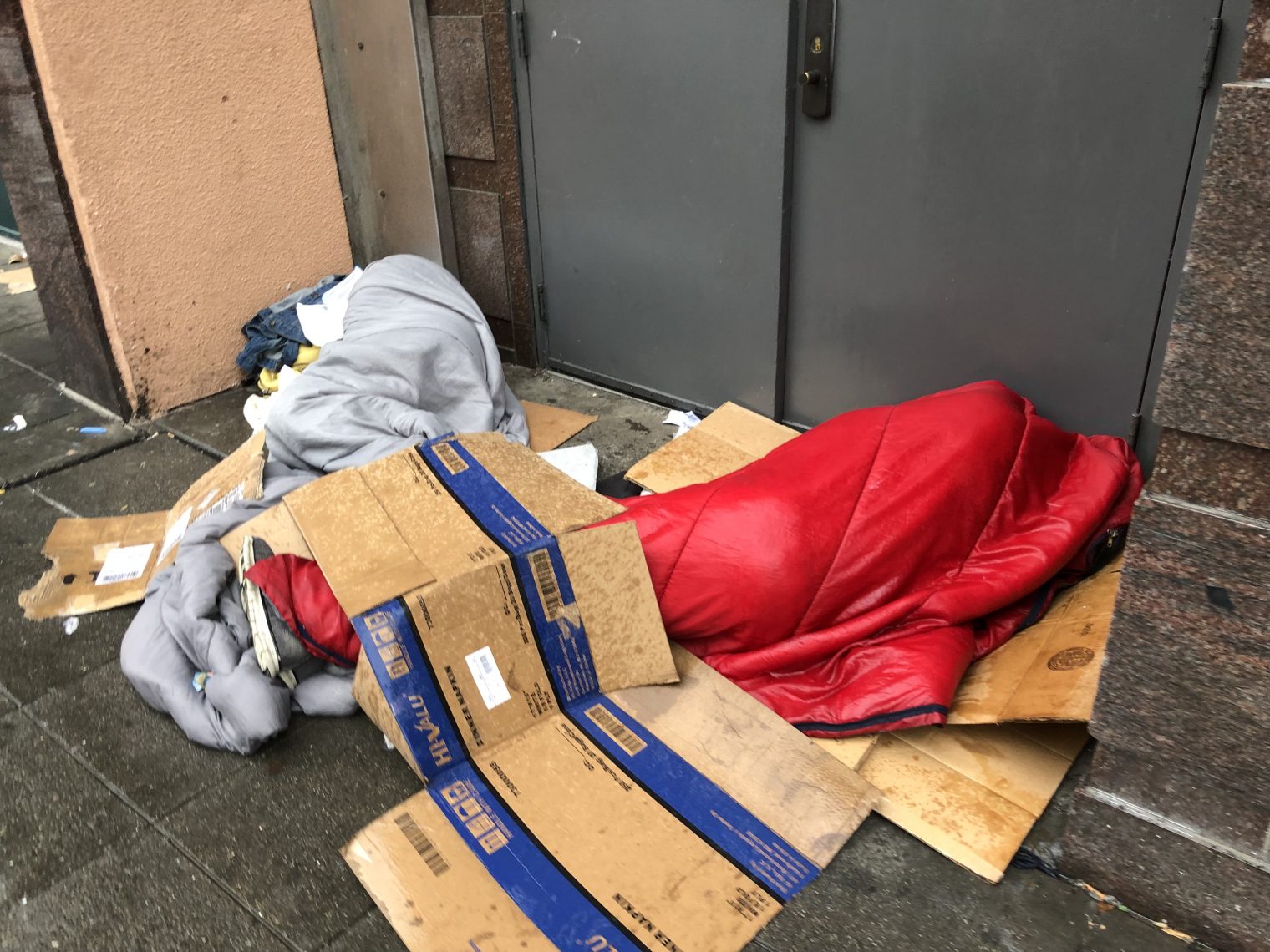


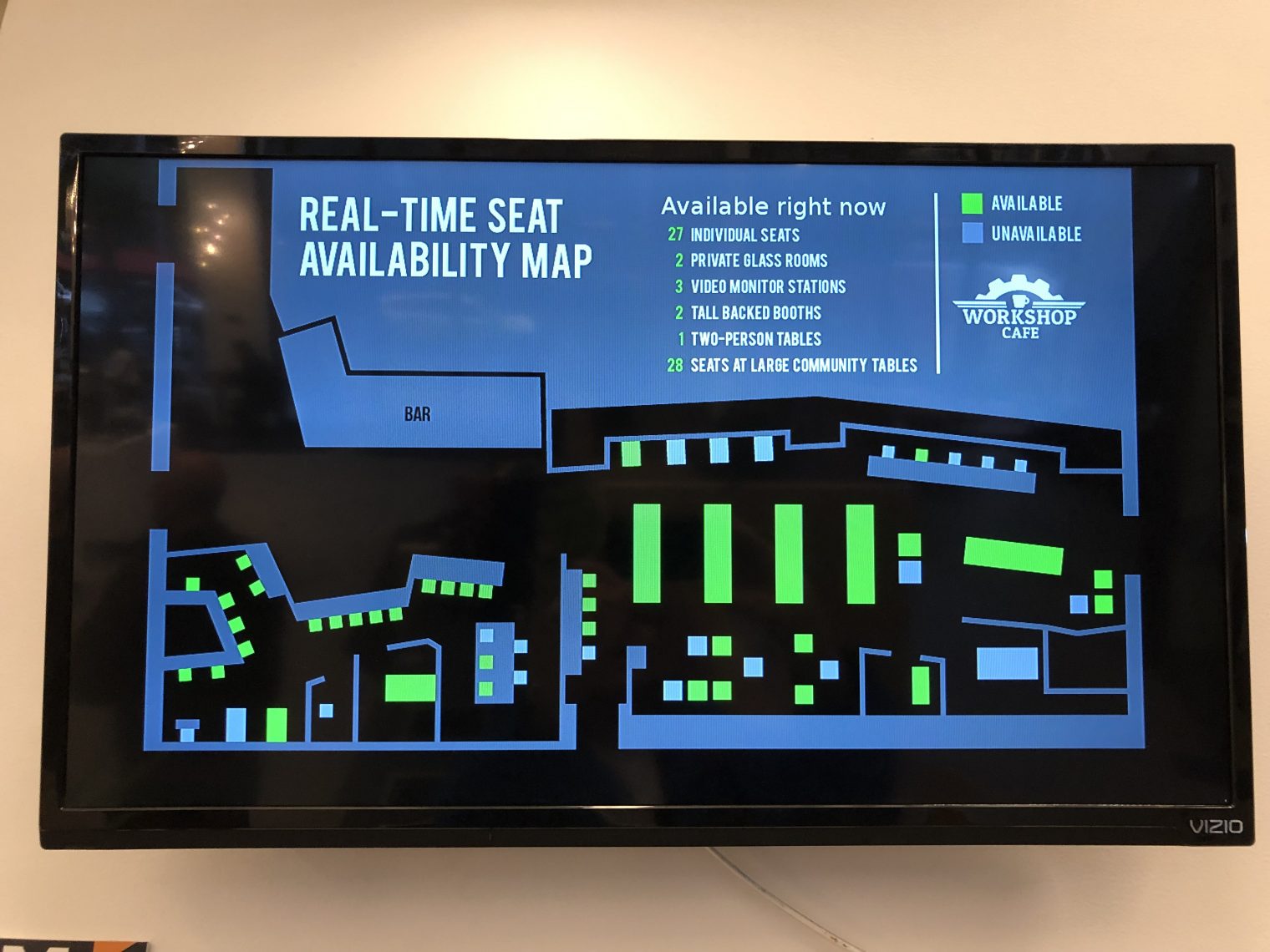
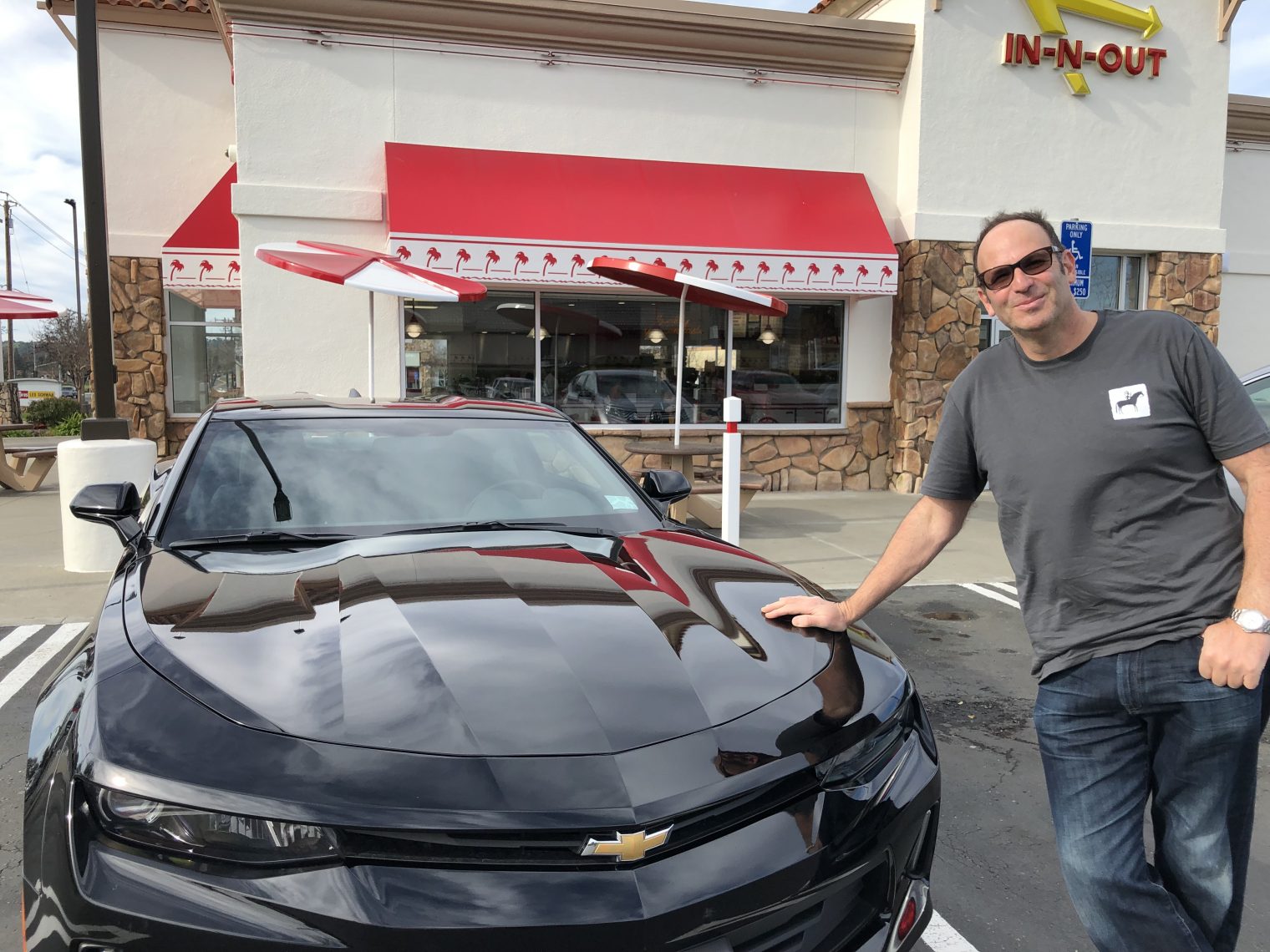

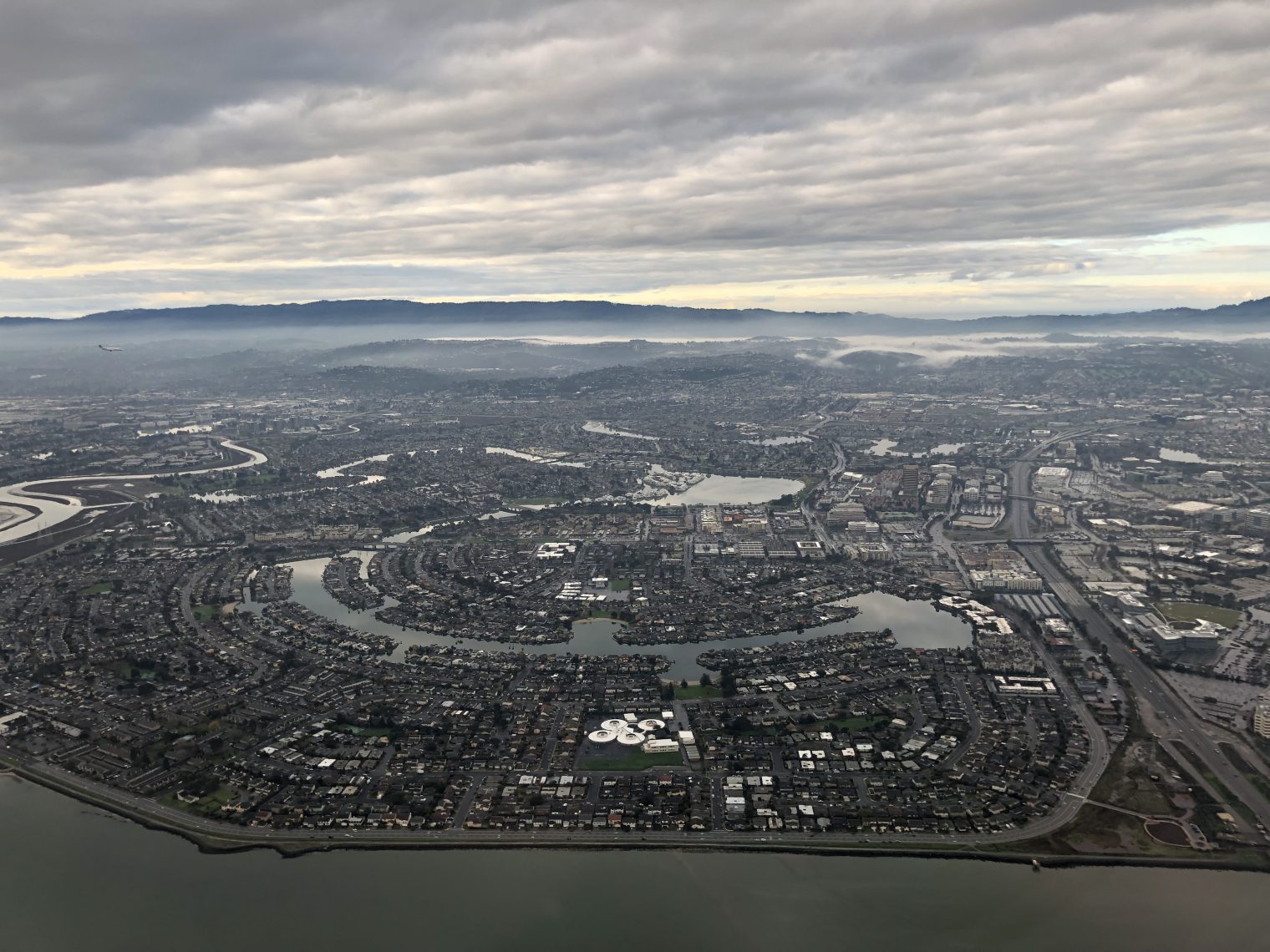
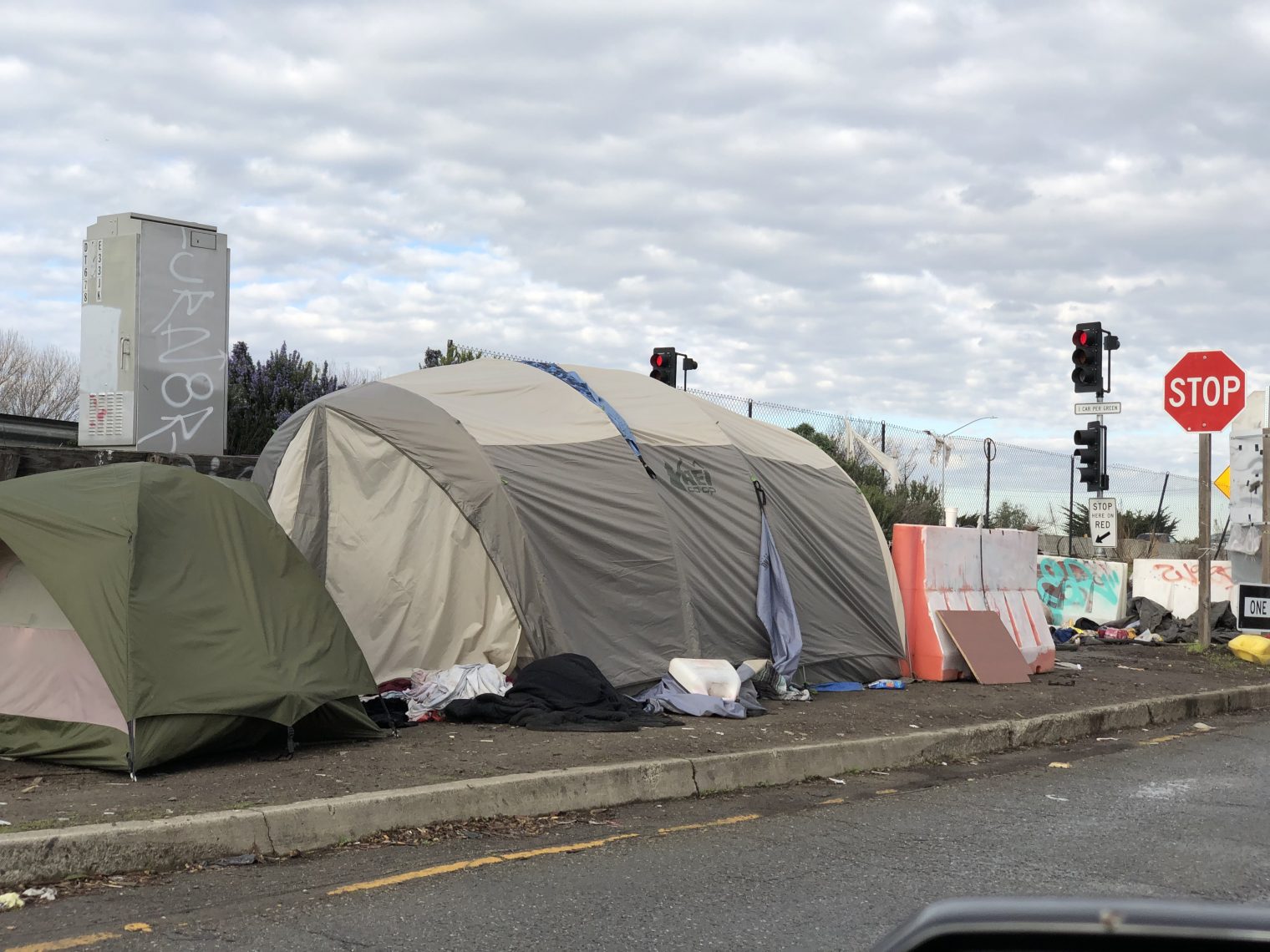

How fun was the Camaro? American muscle cars are innovating at least as fast as the tech industry. $40k now buys 450hp+ rumbling v8 with great handling that rivals Euro exotic cars.
It was kind of fun, but mostly I got it so that I could send pictures back to the kids. (Also so that I could see what happened after nearly $100 billion in taxpayer investment!)
The GM software is smarter than Honda’s when it comes to Apple CarPlay, etc.
Two huge heavy doors are horrible for parking lot ding prevention. Another tourist in another rented two-door convertible parked next to me at a winery and I later noticed a massive half-moon mark in the right side door (thank you, Hertz, for not whacking me for this!). Considering how careless Americans are, maybe someone needs to build a two-door sports car with minivan-style sliding doors?
Handling and performance? Tough to give a car like that a workout on some of the world’s most jammed roads. I was too scared to use more than about 1/3rd of the capability, even on backroads in Napa. I don’t want to be like one of those pilots in the Tom Wolfe book The Right Stuff! (they imagined themselves to be great drivers, by virtue of having mastered flying jets, and consequently wrecked quite a few Corvettes)
Well, you nailed it, except I don’t recognize the soundproof transparent phone pods.
See https://getroom.com/ https://www.urban-office.com/office-phone-booths.html https://emagispace.com/products/privacy-pods/ and get into image search for “office privacy pod” or “meeting pod”
I’ve used those even in Stockholm. Like a phone booth with sitting room.
Do folks in the Bay Area actually have valuable lessons to teach the rest of the nation (and the world!) on how to live in harmony with Mother Earth? Bentonville certainly seemed like a place where the Earth was still in some sort of recognizable condition, e.g., with a lot of farms growing hay.
There are millions of people in the area, which is typically considered to include none counties. If you travel around the area, you can see quite a few farms. There’s also a very nice national park right on the north end of the Golden Gate Bridge. Even if that wan’t the case, it’s would be absurd to say that none of the millions in the area know anything about the environment.
Saw 1 startup with phone booths, despite renting an enormous area. There’s a definite absurdity in spending $300/month & 3 hours/day transporting a computer from 1 desk to another desk to communicate with a guy in a phone booth via slack.
Hypocracy is the human condition. The economy is still moving here, despite all the dysfunction.
Seems more like marxian alienation from the act of production. Perhaps this was to be expected.
Seattle has the same tent situation. It’s the result of the city shutting down all the secluded homeless encampments where these people were living before and effectively encouraging them to move to the most visible locations possible. It’s a win/win for the city because they get to “do something” by closing down the camps and then use the tents to justify demanding even more money to continue trying to “solve” the problem.
Cities are just trying to get them to leave. Make no room for them, and they leave. Begging or panhandling is illegal in Dallas, but standing on a street corner asking for a job isn’t. The shelters are full, and won’t allow addicts or alcoholics. The tent cities which pop up under the bridges are frequently cleared and removed by police. The state or nation could build large homeless centers outside of the city, in low cost areas. They could provide healthcare, mental health services, food, shelter and education, at a lower cost but they won’t. Sadly, the homeless are often traumatized people and brainwashed into thinking that they are worthless and cannot do anything. Education and care centers would be my answer. Many skeptics and liberals would probably compare them to refugee or concentration camps, and in the end, they probably wouldn’t be well enough funded anyways, given the current state of politics in this country. I’m sure 5.7 billion planned for a worthless wall would be a great headstart for homeless in Texas, California, or New York. But that’s not going to happen. Watch the first episode of El Chapo on Netflix. He builds a tunnel under the wall to move his drugs. So how are we going to keep our the bad guys? Yes, San Francisco is a paradox, but visit Lafayette Park or The Presidio or Golden Gate Park and your opinion will change. And Dallas isn’t a concrete jungle, we manage to incorporate a lot of grass and trees in our landscaping.
Another huge difference since 1950 is the population displacement. Many of the native Californians have moved out, and the area now is mostly foreign-born or first generation.
In early December, 2018 SFGate began a series of articles in which they interview homeless people and ask them various questions about their lives and their plight. In the first installment they talked with 12 people and asked how they became homeless. (https://www.sfgate.com/bayarea/article/sf-homeless-living-on-the-streets-interview-13330777.php) Although the article begins by saying that “..each of these people face daily struggles… fighting addiction and mental illness” only one of the interviewees cites an explicit diagnosis (PTSD). A lot of them sound like they’ve had some awful luck, compounded by family troubles, accidents, trouble with the law, and so forth – presumably things that happened in the past and from which they could recover. I think the article is anecdotal and sloppily written, but at least among the interviewees, a significant fraction want to work. I presume that means they also don’t want to be homeless but they find themselves trapped. Some say they’re actively looking for work, and the article itself states they didn’t want to use their last names because they feared it would hurt their employment prospects.
So what am I getting at here? Well, if there are 7,000-12,000 or so homeless in SF (according to the article and its accompanying slide show) a significant fraction of them have a self-professed desire to get back on their feet. The ones SFGate interviewed seemed oriented to person, place and time and don’t seem to be completely detached from reality. In a city of 884k (just the city, not the “Bay Area”), 12k people is less than 1.4% Why is the combined brain power, wealth and good will of “together” San Francisco apparently incapable of screening that <1.4% of the population, identifying the ones who can be helped most quickly, and helping them get off the street instead of tolerating the all the tents, cardboard boxes, needles, human waste, disease, blight, and so forth, at the present levels? Chalking it all up to "mental illness" is a sad excuse for an answer.
I've read elsewhere (https://www.sfchronicle.com/bayarea/article/A-Bay-Area-New-Year-s-resolution-fixing-the-13500968.php) that the city started looking at spending part of its $181 million surplus to begin seriously addressing the problem. If they spend $500 per month on 12,000 people, that surplus won't last very long unless they do something to get those numbers down and keep them down.
SF allocates about $100K/year/person on homeless programs.
By the way it really sucks that clicking on your photos no longer works. You’re a busy man but can’t you restore that?
http://philip.greenspun.com/samantha/samantha-XI
I can click on the thumbnails within that page and get larger photos (Google Chrome Incognito Mode).
Sorry, my bad, that was confusing. I meant you can’t click on the images to see the larger versions now, in these new posts – the WordPress pages. I loved the older ones, I remember seeing them all those years ago and thinking: “Man, that’s how it’s DONE.”
In lower Manhattan (yes we do have a lot of green space) over the last two years there has been the rise of the “homeless.” These are obviously not local people who were priced out of their homes by gentrifiers (up until a couple of years ago the area was predominately commercial). Rather the city government has decided to bring these people in from other parts so they could live in the local Holiday Inns ($250 per night). During the day they shuffle down the streets in a deranged haze or commandeer a steam grate on a crowded sidewalk to keep warm. The more coherent of them beg but that seem to be the exception. The law is that they cannot be involuntarily incarcerated and medicated with medication that could alleviate their pain because that would interfere with their rights to do what is outlined above. The city government has a huge bureaucracy and budget that sort of addresses these issues, like paying the lodging costs to the local Holiday Inn. But so far no tent cities since the previous city administration knocked down the Occupy Wall Street encampment a few years ago.
Images that are side by side with other images cause text not to wrap, covering it. How’s about stacking all images until you troubleshoot this, or forever if you don’t feel like troubleshooting if?
Hmmm… that is bad. I think for now the solution is to click right (Windows) and “Open image in new tab”. WordPress seems to be doing this in the dumbest way imaginable (serving full-size images to live as thumbnails and telling the browser to resize).
That works! Thank you.
Don’t forget, they also eat Soylent.
to be honest i actually get why a certain type of people would want to live there. Seems like the closest thing we have to a Blade Runner style tech dystopia.
Hong Kong will always have that place in my heart.
@Alex on February 6, 2019 at 4:05 pm
Homeless folks or struggling folks have one thing in common: they are not persistent and not reliable. They constantly fail at simple task such as showing up on time to work or getting simple tasks done right. You cannot hire them or give them a job long enough to get them out of their situation even in a fast food restaurant job where they are constantly hiring.
The article you highlighted, just like many like it, is not giving you the full picture. It does not dig into the real issue why those folks are homeless, it is a feel-sad and feel-sorry for those folks and make it looks like we are leaving them behind.